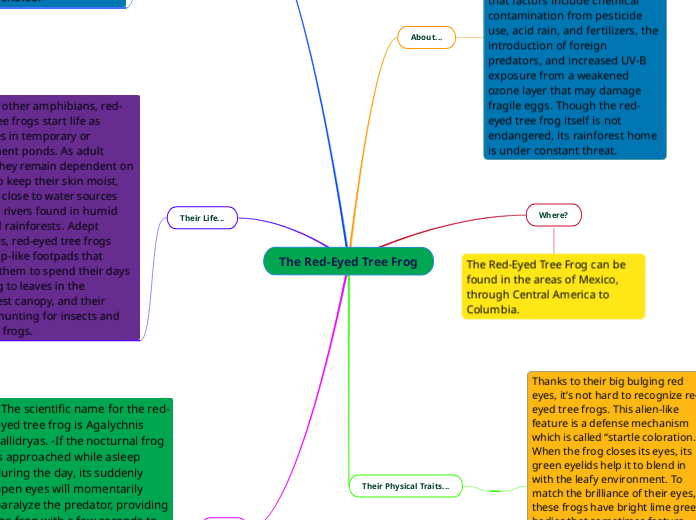arabera fendra g 2 years ago
183
The Red-Eyed Tree Frog
The red-eyed tree frog begins its life as a tadpole in ponds and relies on water throughout its life to keep its skin moist. These frogs are skilled climbers with specialized footpads, enabling them to cling to leaves in the rainforest canopy during the day and hunt for insects at night.









